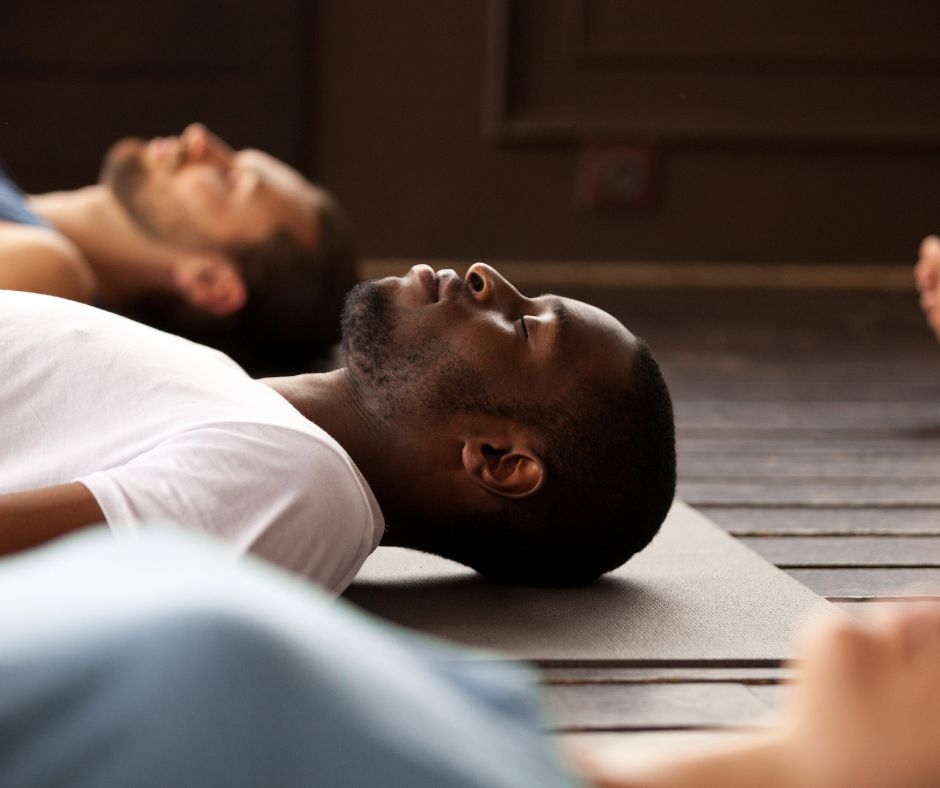When I first started online learning, I was about 17. While some of my classes were in person and the rest were online, it left me to develop my own set of “online school rules” in order for me to have a successful academic year. After five years of online classes to supplement my semesters both in college and in high school, I’ve curated my five most essential tips for making your time in online school successful.
1. Find a learning space (or more than one) away from your bed.
Some students work well with one learning space, while others need more options. Doing work at home is out of the ordinary for many, so finding one space or a few options to return to each day can be helpful for any-aged student. None of these spaces can be your bed. Please don’t sit in your bed to do work! Sit on the floor leaning against your bed if you have to. Sitting in bed to do work will make you focus less. We associate our nice, warm and comfortable beds with relaxation and rest, not stimulation for school or work. The bed is for sleeping – keep it that way!
2. Create a schedule for your day.
We become disciplined with our yoga practice and regular school routine, but when school is at home, that discipline can start to slip. Cultivating some joy throughout your daily schedule is essential for mental health and staying engaged in your classes. In order to not fall behind, I scheduled my time out of class with fun activities. In the mornings before 8:00am, I practice yoga. I take time in the mornings to check in with my body and mind to see if there is anything I need before starting the school day. After breakfast, I am in class for most of the day. I take small breaks between classes to walk my dog and get some fresh air, as looking at a screen all day really dries out the eyes. I think of it like walking to and from each class as you would in school. In the evenings after dinner, I try to put the studying away completely.
When we do school at home, our home becomes the campus and putting away work can be a challenge. If I have to study after my usual school hours, I designate a few specific hours where I can revisit my work and am not interrupting family time or my time to rest. The rest of my day in the evenings includes my internship or Zoom meetings for yoga training. I love these activities and find them helpful for interacting with others, whereas in my Zoom lectures for school we don’t always see each other’s faces or have discussions. Finding some form of social interaction outside of school is essential! At night, I again check in with myself mentally, seeing where I am and if I need anything (like a yoga class or tea). I want to make sure I am not overworking myself, as the boundaries between home life and school life tend to blur.
3. Take rest.
If we treat online school like our yoga practice, we become more successful students and more compassionate learners because we know when we need to take rest. It’s easy to overwork yourself when away from others. We don’t have the cues to take a break together, especially if you are doing school alone remotely. Making time for yourself to rest is important so you can work smarter and easily handle any new stress. I have found taking a few set times a day where I can either sit and meditate, walk, or do yoga is really helpful. For me, this is early in the morning, after lunch, and a few hours before bedtime. I carve out enough time for a yoga class or an activity that I can fully relax in. One of my favorite activities is fitting in a movie at night when I can. Watching movies at night reminds me of the summer when my family and I would watch movies together almost nightly. A couple nights a week I implement this. Sometimes it is a nostalgic movie from my childhood, if I’m feeling particularly stressed, or, if I can find a movie that relates to a topic I’m studying, I watch that. I find that watching a slightly academic movie about a topic I am studying has helped me better absorb the material presented or helps add more to my essays.
Taking time to rest can mean something different for everyone. Some might like to sit in child’s pose for five minutes between classes, while others may need to allot themselves time to watch a movie and take a bath. Go where your heart wants you to.
4. Daily journaling has become one of my favorite practices.
After my yoga practice each morning, I sit and journal. I never take more than about five minutes; I just write without stopping. Often, I have a prompt I work on, while other times I write freely. During times of high stress, getting your emotions out on paper can help them dissipate. As we each experience reality in different ways, not judging yourself or your emotions and letting them rest on paper can be transformative and confidence-boosting. Allow yourself to write, draw, or create a poem. Set yourself free by helping your feelings show up on paper without judgement. You are human; you are allowed to feel.
When we build a journaling practice, we see ourselves with more compassion and know exactly what’s bothering us. When emotions we face repeatedly rise up within us, instead of fighting them, we can get to the root of that emotion by writing it down on paper. From there, we can act differently. It is the simple act of knowing and acknowledging what is going on within and moving forward from there.
5. Get out in nature.
Dare I say this is the most important one? Be outside 15 minutes a day – at a minimum! I take this time in the morning to walk my dog or to drink my tea outside. Getting sunlight first thing in the morning helps reset your circadian rhythm, which means better and regular sleep patterns. Taking a walk in nature or getting outside as much as you can will help you so much mentally. Even when we do school in person, we don’t get to experience nature enough. If you can take time before, in between, or after school to be in nature, you will thank yourself. With an online school schedule (depending on how it is set up), I have found I have more time during the day to hike or simply be outside. Grounding ourselves in nature after long hours of looking at a screen can help reboot our systems. The blue light from our screens can offset our sleep cycles and increase anxiety and depression in sensitive individuals. Nature is your cure here.
Cultivating both inner and outer healthy environments to learn in is essential for your academic comfort and success. These five tips have accumulated from my personal experience taking fully online and hybrid (half online, half in person) semesters. I have found that, without the practice of implementing these tips into my own life, I do not do or feel as well during the school day or perform to my best ability academically. I wish you luck on your academic journey!













